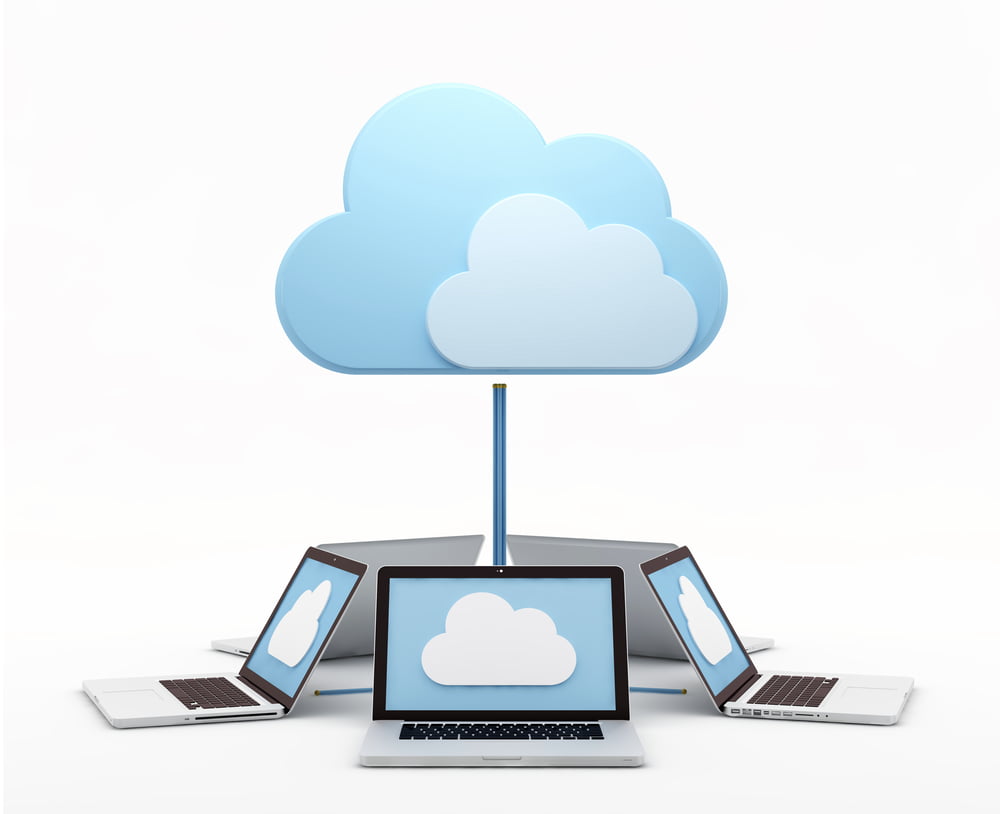 |
| Image courtesy Comindware. |
As a young writer, I was obsessed with portable word processing. Being able to work on *.doc files while on the go was why I continued to use Palm OS devices long after their heyday, and why to this day I'm still fascinated by anachronistic devices like the sadly now-discontinued Alphasmart series. But one of the main reasons these technological milestones of yesteryear are no longer around is because they've been rendered obsolete, like so many other devices that serve specific purposes, by the ubiquity of the do-everything smartphone.
If you have a smartphone, you can write, edit, and process documents with 99% of the functionality of the full-blown MS Office suite. Even redlined edits and footnotes, long ignored by mobile document apps and the bane of editors and legal professionals everywhere, can be utilized by apps like Textmaker Mobile. And if you pair that smartphone with cloud storage accounts like Dropbox (my personal favorite), Google Drive, OneDrive, or iCloud, you don't need to fumble with USB cables or worry about keeping up-to-date between desktop and mobile versions of your files. Every time you save your changes, they'll be uploaded to every device linked to your cloud account. You can spend your 30-minute train commute drafting a new scene on your phone, and that draft will be waiting for you on your computer when you get home.
All that being said, storing your writing on the cloud isn't foolproof. If you accidentally delete a file, you might find it also deleted from every other linked device. (There are steps to recover those files, but it's not always a sure thing.) Sometimes the cloud service itself may make a mistake and delete your files by accident. The bottom line is, relying solely on cloud storage is still putting all of your eggs in one basket, no matter how widely distributed that basket's contents may be.
So while your writing should be on the cloud - and is made incalculably easier to pass from smartphone to desktop to laptop and back again because of it - it shouldn't only be here. As with all vital data, it should be backed up in more than one way.
The main backup I like to use is on removable media, like flash drives or USB-powered hard drives. I use the free version of SyncBack to copy the contents of my Dropbox to removable media on a weekly basis. I'd suggest that mission critical files be backed up on at least two redundant mediums, so that if one fails, there's still a backup available.
The final backup is one I use rarely, but is a great fail-safe for those who don't completely trust their work to electronic devices (and, so long as most digital storage media remain susceptible to strong magnetic fields, perhaps none of us should): paper copies. I try to avoid printing things out whenever possible, but for your most important pieces of work, keeping hard, physical copies ensure that, short of a cataclysm that divests you of nearly everything you possess, you'll never lose the fruits of your labor.
No comments:
Post a Comment